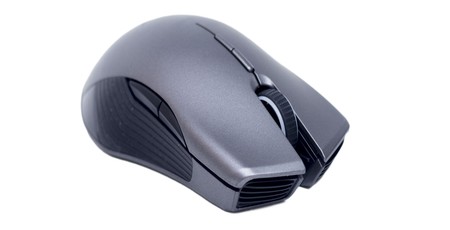
Software
As the Razer Lancehead is almost £140, it really needs to have a good software suite to back it up. At the moment, this comes in the form of Razer Synapse 2.2, however I have been informed that Synapse 3.0 is right around the corner and that this will increase the functionality of the already impressive software.
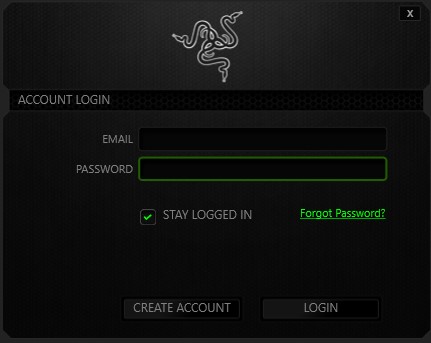
One thing that will always irk me is having to log in to the software before I can use it. This is so that you can download your settings from the cloud, meaning you always have your settings with you as long as you are online. As it currently stands, there is no way to save your settings to the mouse, so this is the only way to transfer settings unless you manually change them each time you move the mouse to another computer. Razer has (finally) seen sense here, though, and has told me that with the release of Synapse 3.0, you will be able to save your settings to the onboard memory - excellent!
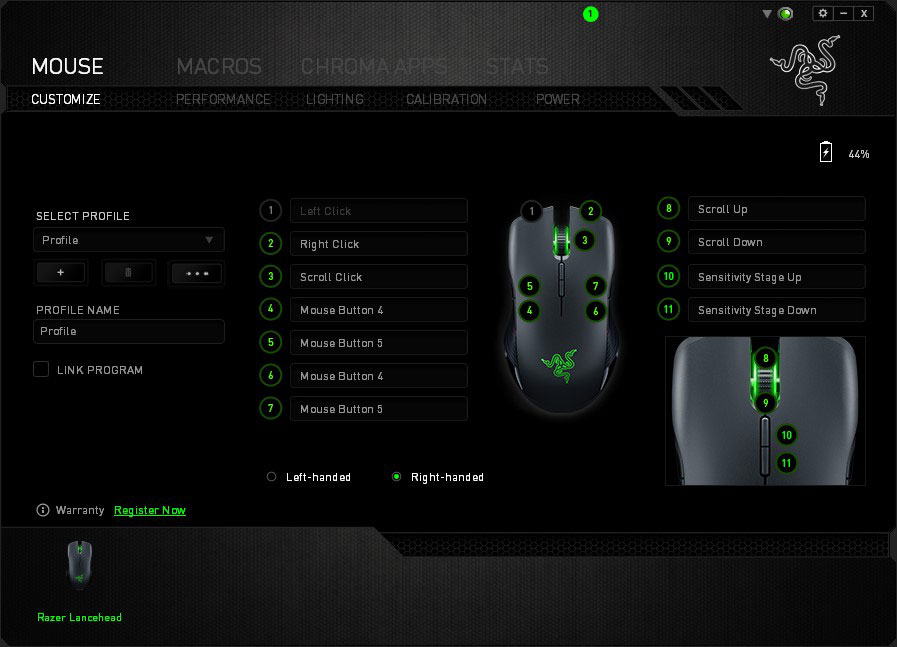
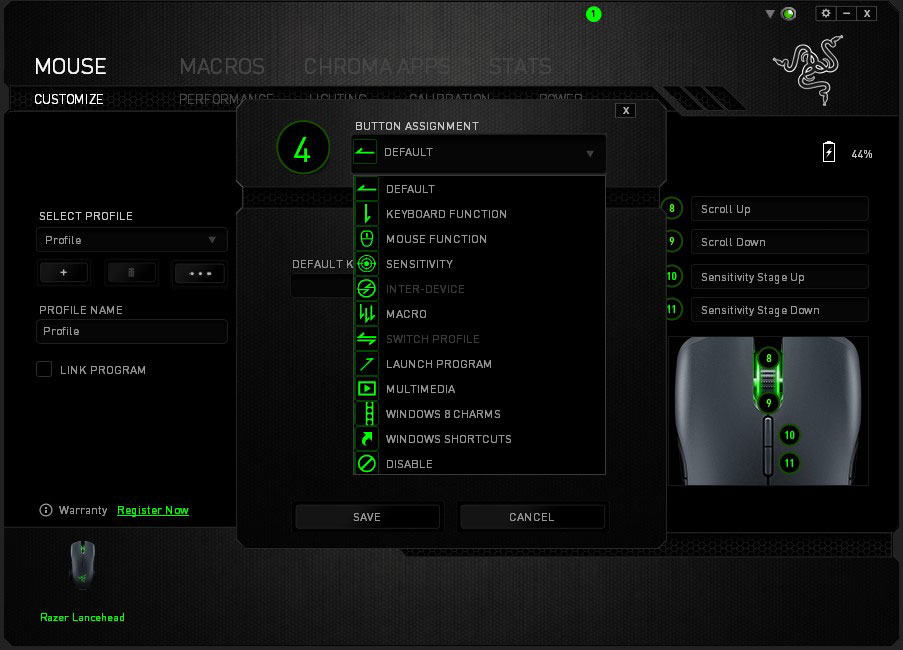
The main screen is a button map relating to the multiple buttons that can be reprogrammed. Reprogramming the mouse is really simple and just a case of clicking on the button you wish to change and choosing a function from the drop-down box
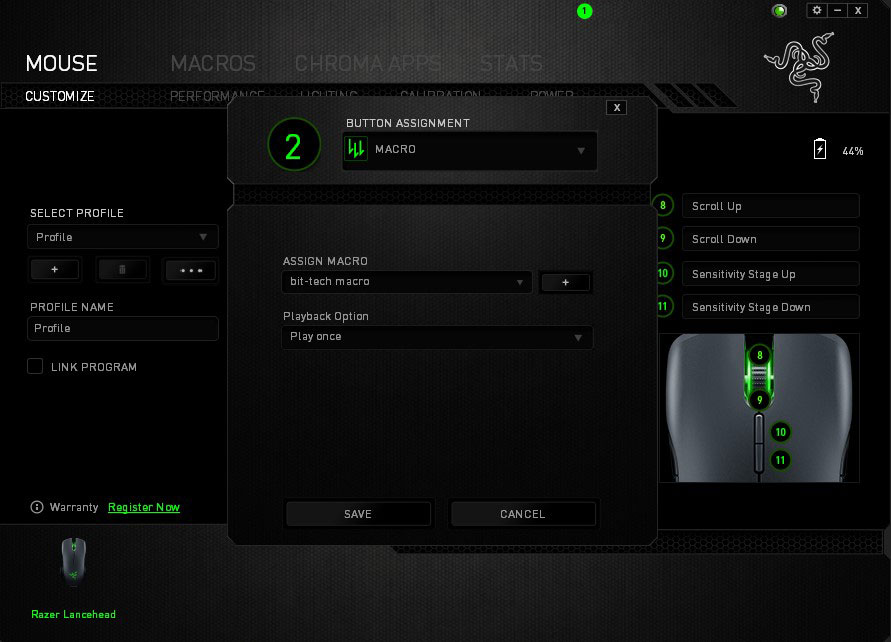
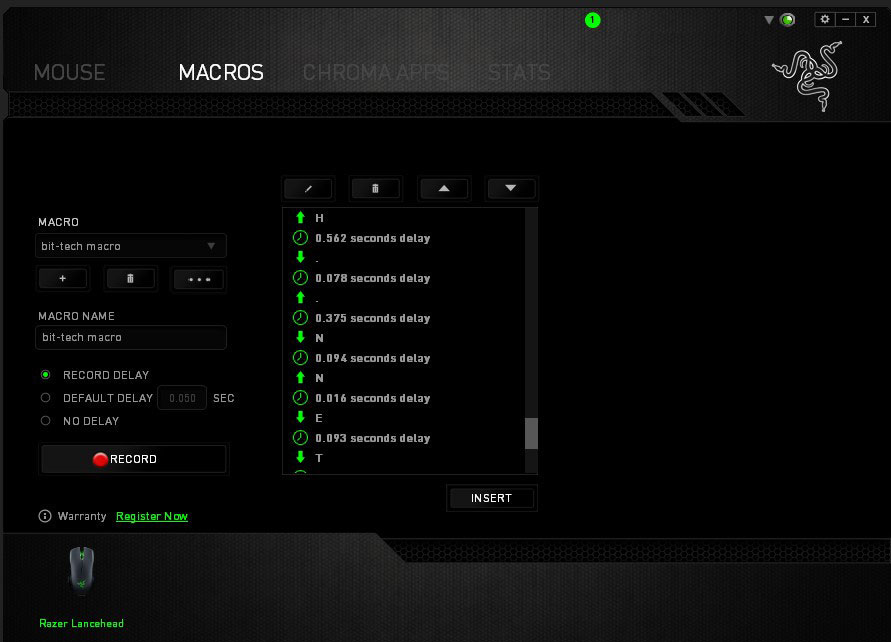
We took a look at creating a macro. This too is very simple, and as always we just made it so that it types 'www.bit-tech.net' from a single click - the perfect macro. Macro recording is instinctive, and you can edit the macro after it has finished recording to give you complete control.
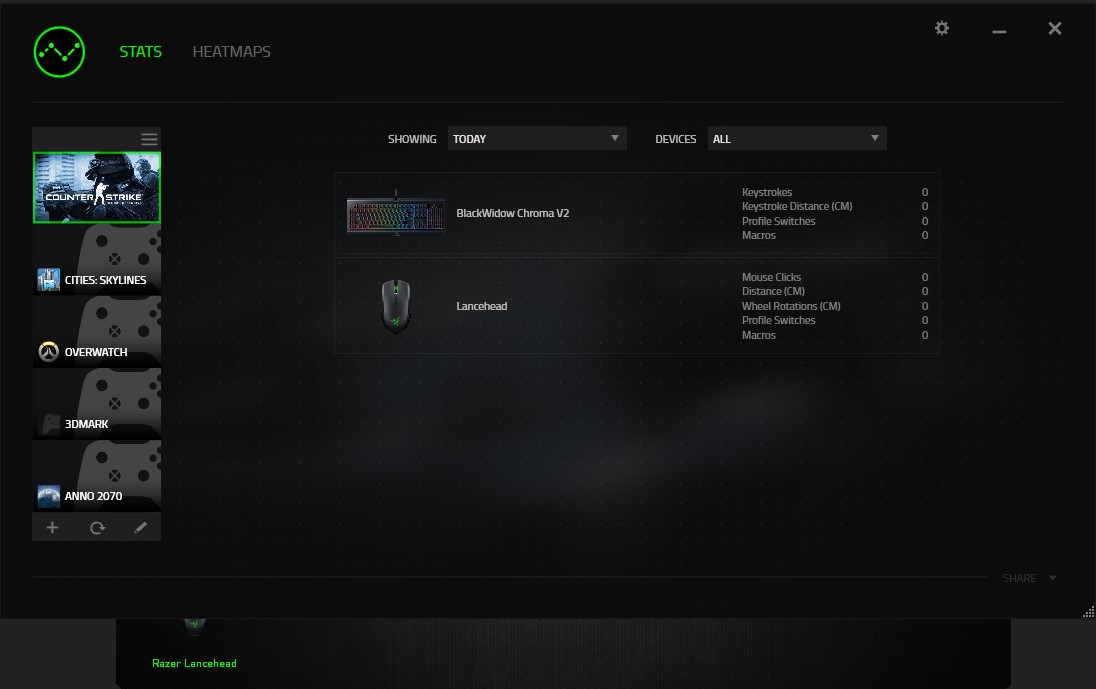
Something I really like is the stats page. A few other companies do this, such as SteelSeries, and I don't usually care for it. With Razer, you get per-game stats across the multiple devices you own. As you can see, we haven't played any CS:GO today, but if we had, you would see the totals increase. It does work very well!
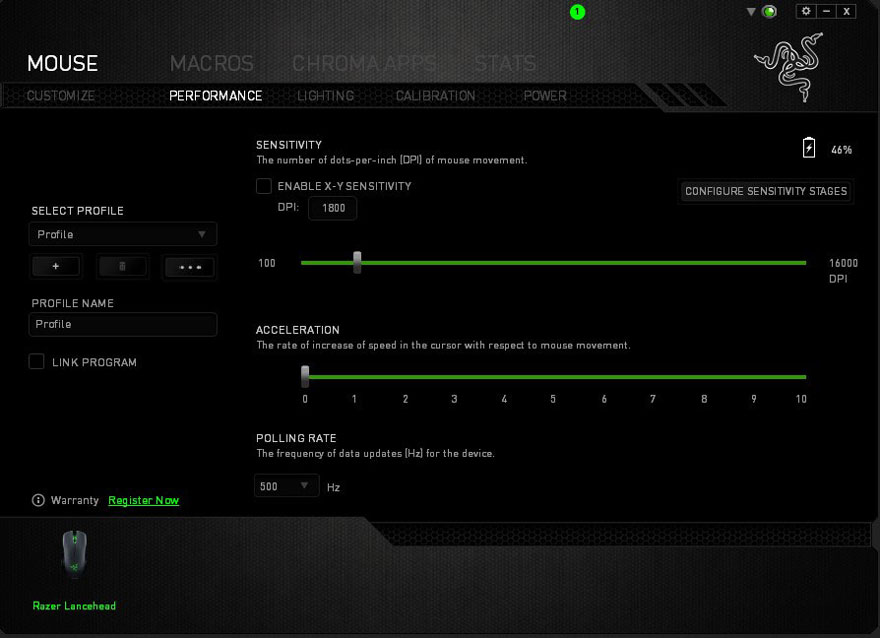
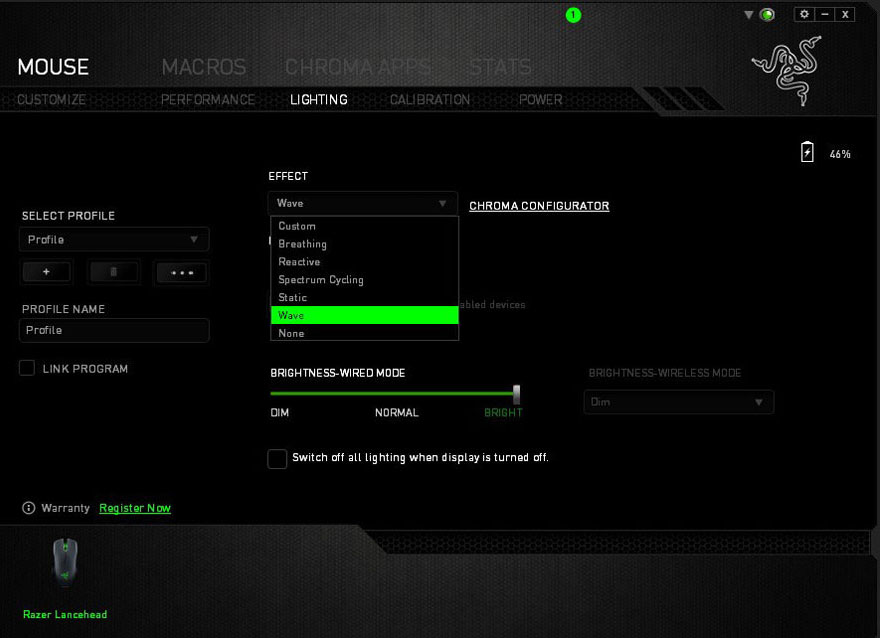
There are many other settings that can be changed. I did notice that, by default, the polling rate is set to 500Hz; we changed this to 1000Hz which is the maximum setting. The lighting can be changed easily too, and there are a number of preset modes to try.
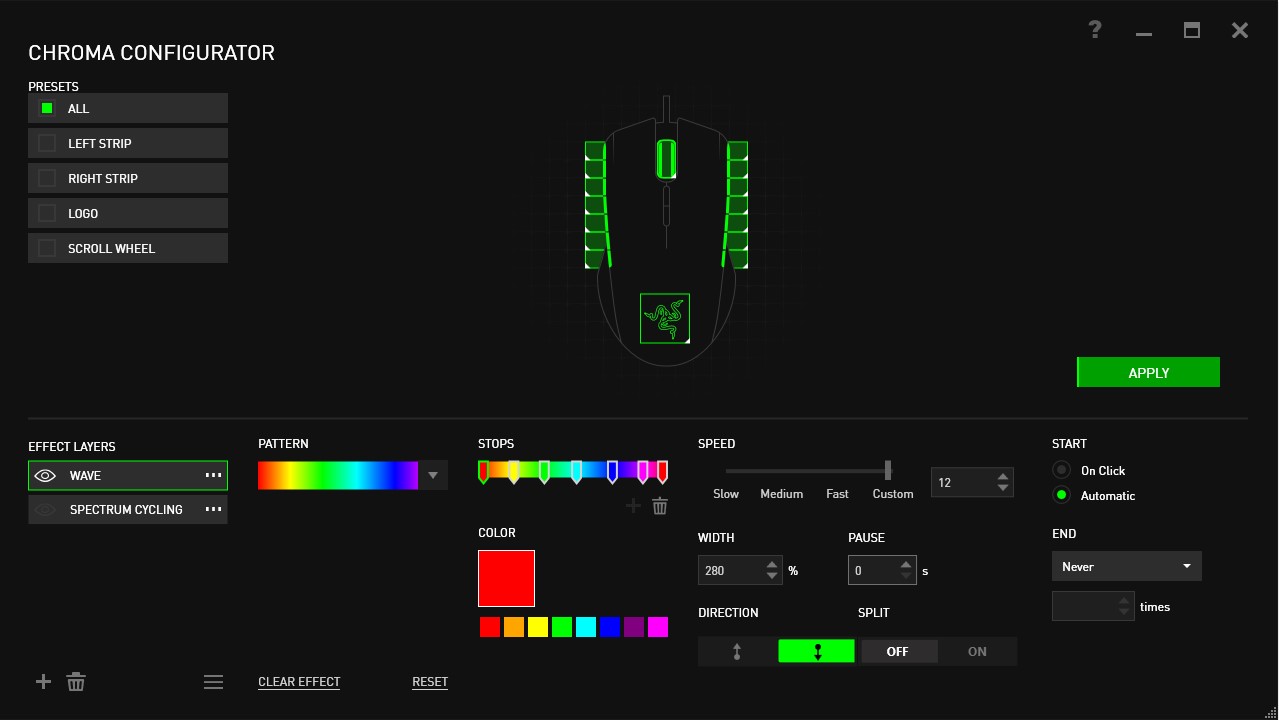
If you wish, you can go far more in-depth with the lighting modes, as there are 16 LEDs you can change in total, and each of them can be changed independently in the powerful and mostly intuitive Chroma Configurator seen above. Razer has always pushed RGB as a feature, and this does again show how well it works.
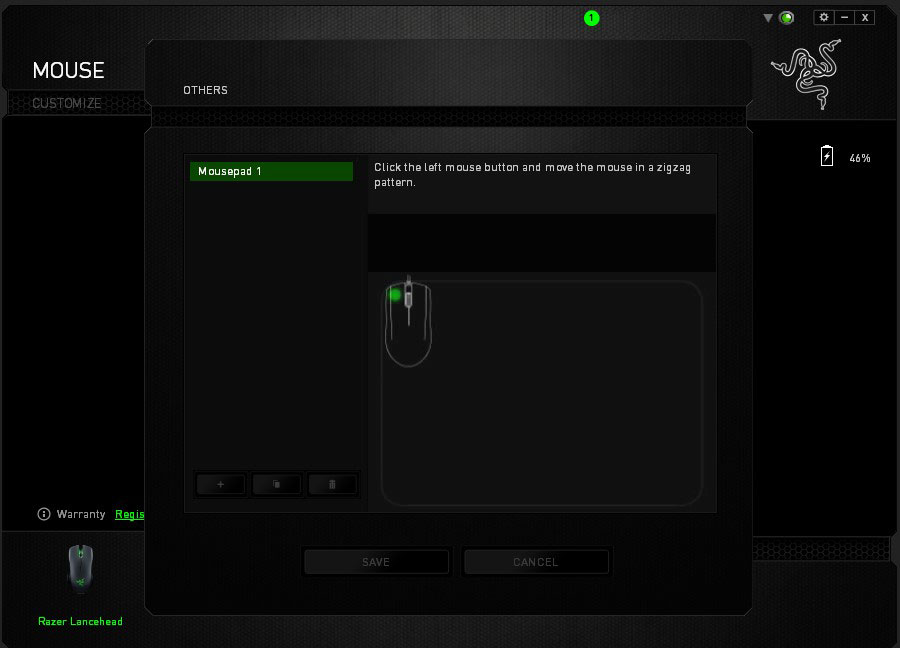
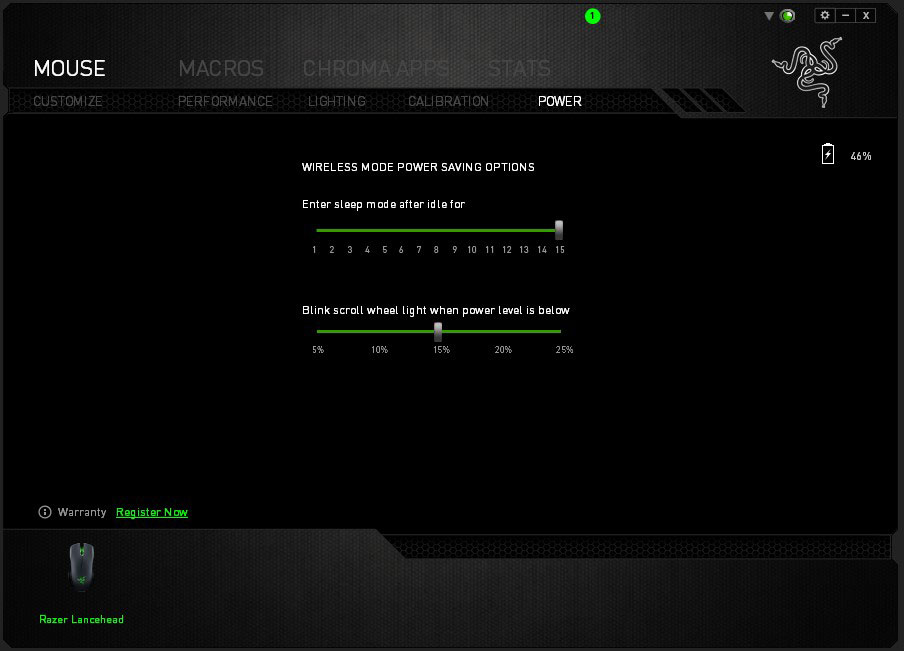
If the mouse has any issues tracking, there is also a surface calibration tool. For the first time in a long time, I had to use this, and thankfully it did seem to work. It stopped the micro stutter I was experiencing when lifting the mouse off the surface. There are also a number of battery saving options to ensure you get as much gaming time out of the mouse as possible.
Conclusion
This has been a rather hard mouse to review. For the most part, everything is perfect, but there are a few niggles that could be better. Some of these issues are down to personal preference, but others could benefit a wider audience.
In terms of comfort, battery life, and general performance, the Razer Lancehead is great. It fits my small hands perfectly, and I had no tracking issues or wireless connectivity problems. This is despite using a laser sensor - a strange choice at the high end of the market. It would have been nice to see a Pixart PMW 336x involved with this mouse. Even if the difference is minimal, there are known issues with laser mice, and the targeted gaming audience would feel far more secure spending almost £140 on an optical sensor. It is also strange that the Lancehead TE actually ships with an optical sensor, so there must be some benefits I am not seeing. Perhaps it is about conserving battery power, but that's just a guess. The main competitors at the moment would be the Logitech G900 and the Roccat Leadr, and both of these carry a tweaked version of the PMW 3360, so that is worth taking note of.
Another little issue that annoys me slightly is the cable, or rather the connector on the mouse. Razer could have made it so that it could use any micro-USB wire, saving me having to crawl around the floor to pull it from the back of my PC every time I take it anywhere. It has made a great little dongle holder at the bottom of the mouse that's great for portability, but then it has anchored you down with the cable. Okay, I could use the USB hub that's sat on my desk, but I like to keep my wires out of the way, hence wanting wireless mouse.
Overall, even with the little issues, the Razer Lancehead is still a fantastic mouse. The price might make your eyes water, but this is in line with similar mice on the market. Having had a quick look at what is to come with Synapse 3.0, I do think that the onboard memory along with the current features are certainly worth a look if you are in the market for a wireless mouse. If you are more concerned about the laser sensor than wireless connectivity, there is always the Lancehead TE to consider as well.


MSI MPG Velox 100R Chassis Review
October 14 2021 | 15:04

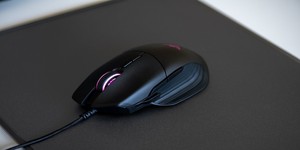
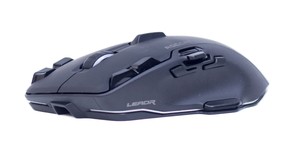
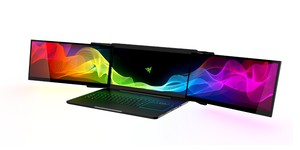




Want to comment? Please log in.